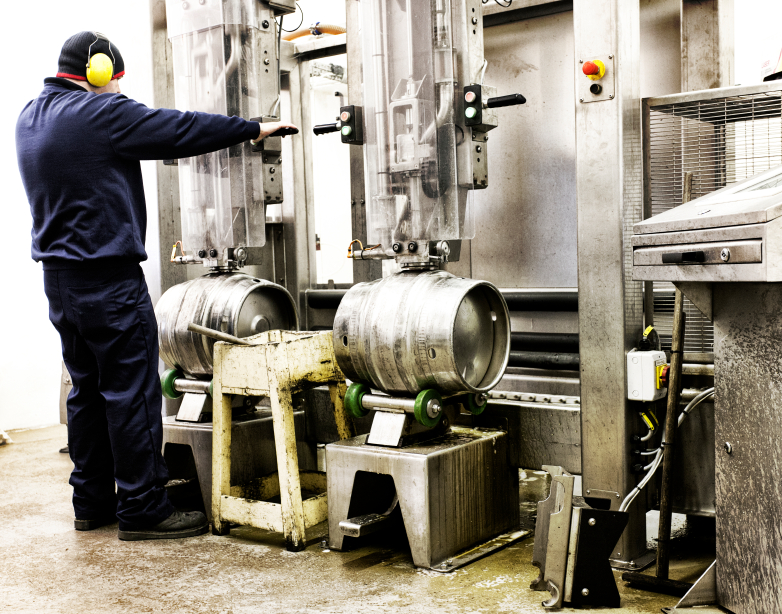
Over the last three weeks I’ve written about beverage manufacturing in Asia. I explained why manufacturers have to acknowledge the region’s diversity if they want to improve their market penetration and wrote about the problems they will encounter along the way. So far, I focused on issues related to demand, supply, production, and product distribution logistics. In this blog, I am going to shine a light on one more aspect of the beverage industry: reverse logistics.
Problem of returnable container
Reverse logistics plans and operates the physical flow of empty beverage containers after consumption to recapture the value of the container. By ‘container’, here I mean the re-fillable ones distributed to mass-consumption venues where the beverages are resold on tap, not small retail containers like bottles or cans. Reverse container logistics requires beverage producers to plan, implement and control an efficient and cost-effective flow of containers from the point of consumption back to the point of origin.
On the surface, the process appears to be quite simple. However, there is actually a significant amount of complexity involved in optimally solving this puzzle.
Piecing together the reverse logistics puzzle
Firstly, demand for reverse logistics is uncertain. All beverage products have different lifespans and are subject to unseasonal events that are hard to predict. For example, soft drink containers products might empty more quickly – or slowly – than soda water containers. Tracking and understanding lifespan of individual beverages affects the efficiency and cost of container collection planning and execution… unless you have an effective demand planning software tool.
Secondly, planning and scheduling transportation of empty containers has to correlate with planning and scheduling transporting full containers. The transportation strategy, known as continuous move, focuses on maximizing vehicle capacity from the moment it leaves fully loaded with full containers until it arrives back to the point of distribution/loading with empty containers collected at, or near, the drop-off points. This requires combining individual shipments of laden and empty containers into legs of a continuous move. It is not unusual for about 40% of truck movements to be empty haul moves. Those empty moves mean paying drivers for unproductive driving and paying for millions of liters of fuel consumed unnecessarily every year.
Applying load management strategy known as “continuous move” ensures that your beverage company maximizes economic benefit of re-using refillable containers, prevents empty moves, and reduces cost of transportation. The best way to do this is with transportation planning tool capable of optimizing your routes and capacity.
Your self-imposed planning roadblocks
The benefits of demand and transportation planning and optimization software are clear. They are also difficult to accomplish when every department has its own planning system, suitable only for their individual needs rather than to advance your company’s goals. At DELMIA Quintiq, we are proponents of doing all of the planning and scheduling using a single optimization platform. Only the platform-based solution enables consideration of demand planning for reverse logistics and actual scheduling of transportation that accommodates both laden and empty container moves.
I hope my series of blogs on the beverage industry and its unique challenges of operating in Asia gave you some new ideas about improving operational effectiveness of your own business. You might even have some questions or your own observations that you would want to share with me. If so, I’d like to hear from you. Feel free to get in touch. I will be happy to continue this discussion in context of your specific business situation.
